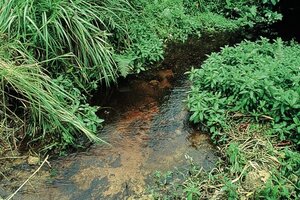The right aquarium plants

tropica.com
According to Tropica it's in the Medium range, but this obviously points to submerged growth in an aquarium. How well it will grow in emerged form outside of a climate-regulated greenhouse is the investigative part. Anyway, for all plants you buy in the LFS, it doesn't matter from which nursery they come it will be the terrestrial form nursed in a greenhouse with sufficient +90% air humidity and ample light. There are very few that transition very well to sudden lesser conditions, then you need to take the Wabi Kusa approach and slowly transition the plant to an environment with less air humidity. For example, put it in a jar with a closed lid open it daily for an x period and close it again. This you do daily and every day a little bit longer till the day you can leave the lid off permanently. Depending on the sensitivity of the plant this can take weeks.
To find out about aquarium plants that fare well in emerging and livingroom conditions it's good advice to follow some Wabi Kusa communities. Then still it might be a long shot, one's success isn't always something universal and the same approach still can be another's demise. We are dealing with microclimates, little things can mean big differences from day to day.
I guess it's pretty common to have the idea of air humidity above an open-top aquarium. riparium or paludarium is always sufficient since the plant will be close to the water line it must be in a rather moist air bubble. But this unfortunately ain't the case... The indoor house environment is pretty dry and the lights above the tank are warm moist air that evaporates from the tank and is sucked away much too fast mixing with the warm and rising dry indoor air. I monitored the air humidity 2 inches above an open-top tank for months with a permanent hygrometer and it never got any higher than 25%. Strangely the airhumidity 2 inches above the water line was dryer than the average air humidity in the room the tank was in. This I can only contribute to the warmth updraft of the lights above the tank. It didn't make any sense, but the numbers didn't lie. As said microclimates, are strange things.






